 From Shakopee Valley News in Shakopee, Minnesota
From Shakopee Valley News in Shakopee, Minnesota
“YOU’LL FLIP YOUR WIG: Rep. Frank Hornstein (D-Minneapolis) wants to create a new state bureaucracy to regulate “hair transplant facilities.” One of the purposes of investigating hair-weave artists is top make sure there is no “conduct which is likely to deceive, defraud, or harm the public.” (House File 1069) Maybe it’s time to bring back Ron Popeil’s spray-on baldness remover.”
I think what the author is trying to say, is that there are facilities/clinics/wig salesmen who pray on unsuspecting men. This is a consumer protection issue. These facilities may have deceived the public, which can result in a fraud that might harm them. The regulation of wig-makers may be at the root of the problem and although some hair transplant doctors may be also a focus of such legislation, I would like to believe that doctors would not be included in this group. There are laws that regulate what the doctor can and can not do. These laws exist in every state and these laws require the doctor to fully inform patients as to what can be done and what can’t be done with any particular treatment as well as alternatives to any suggested treatment (it is called ‘informed consent’).
I have been told horror stories by young men who respond to an ad in the newspaper (or TV) promising hair. Desperate for a solution to balding, the young, unsuspecting man goes into a wig facility and is sold some solution to his balding problem which is poorly defined. Before he knows it, he finds that the hair in the front of his hairline has been shaved off. The salesman says: “Don’t worry” and a wig is placed over the shaved area. There is no obligation to purchase a ‘system’, of course, but if the young man does not buy it, he must leave with a partly shaved head. The sale is easily made under such duress. This wig ‘system’ is attached with glue and it pulls out the hair the longer a person uses it. In effect such ‘systems’ accelerate the balding process and many wig salesmen understand that and make their money from the recurrent revenue produced by monthly adjustments to the systems and replacement systems. Sales are commission driven, so the sale is all important. The costs for the wig is a big business with wigs that sell for thousands of dollars. Everyone needs two wigs — one to use while one is being washed or repaired. I have been told that the cost for such hair systems run well over $10,000 over a five year period.
Could that be what this legislation is about?
![]()
![]()


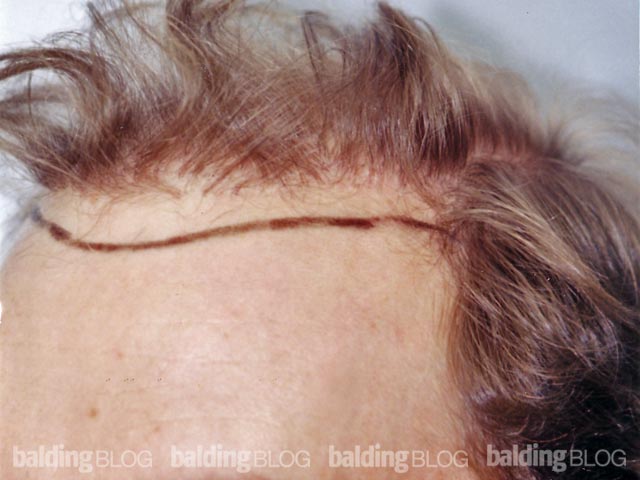
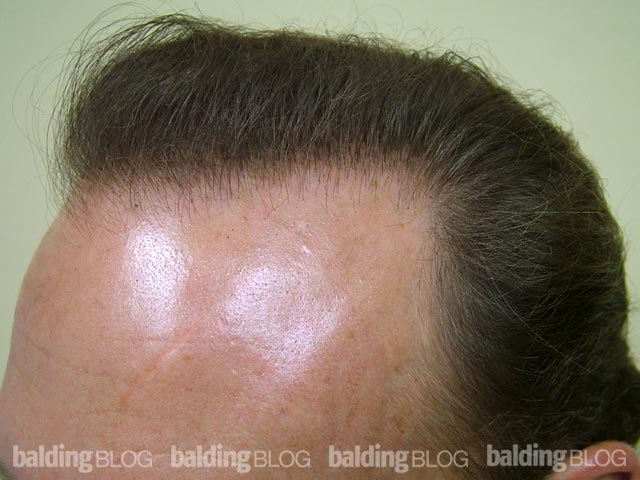
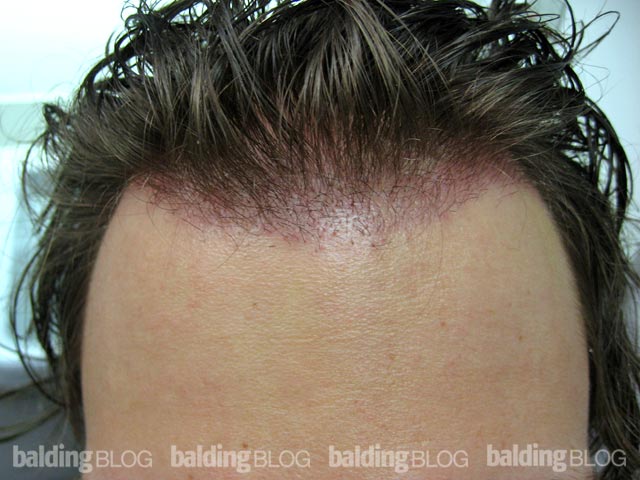
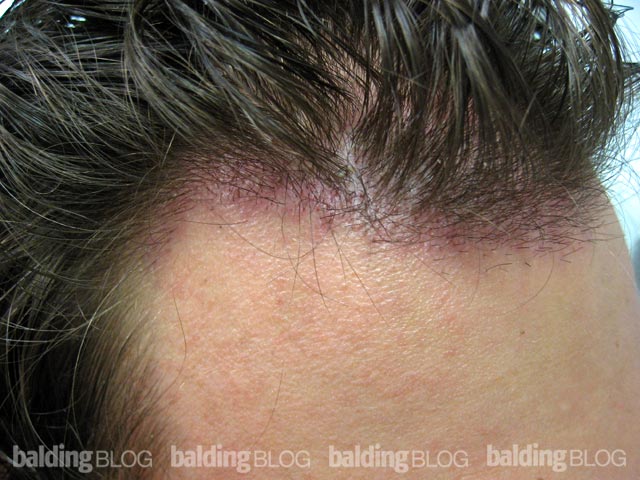
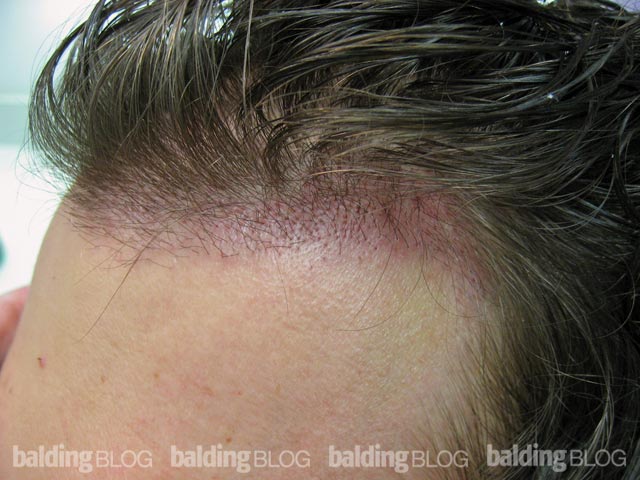

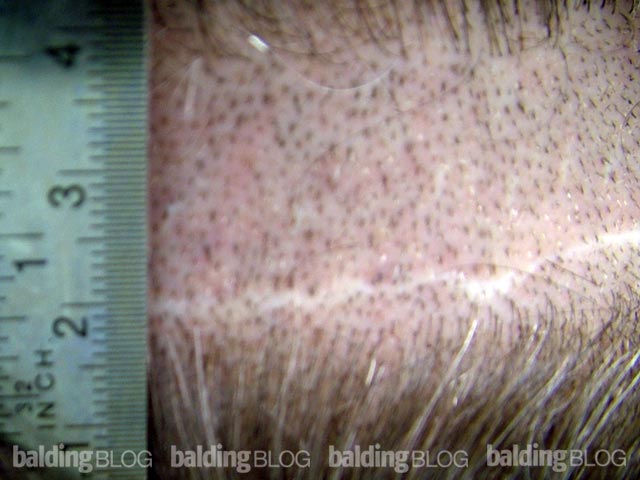
 From
From